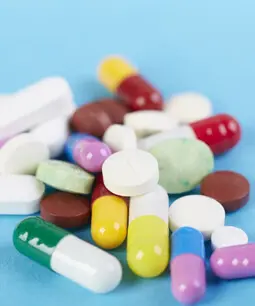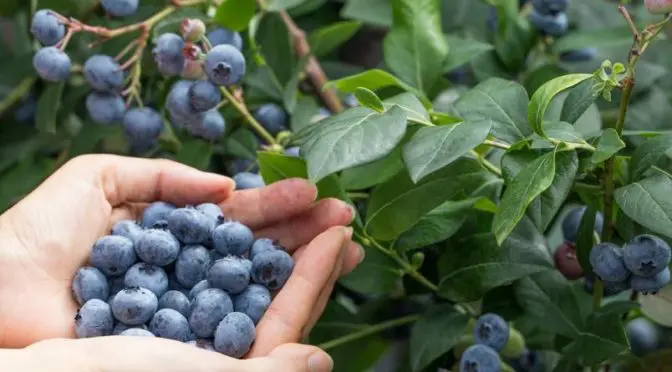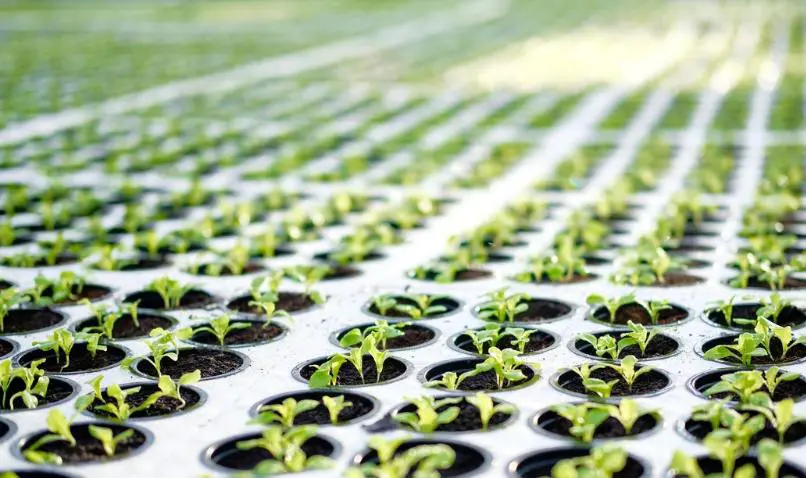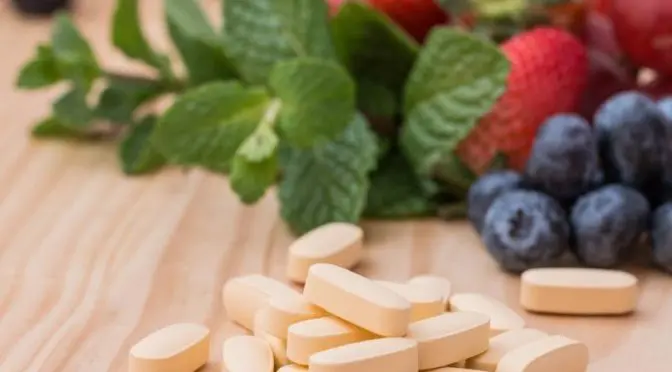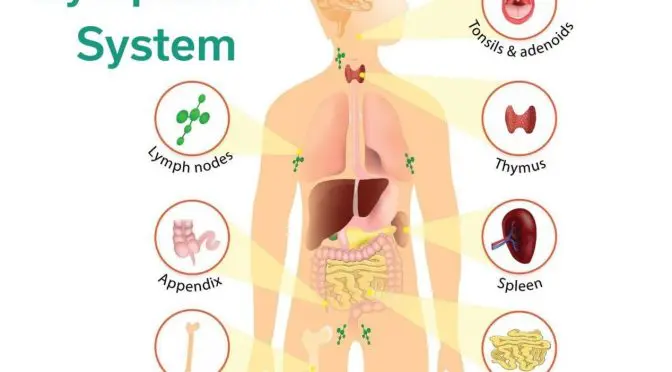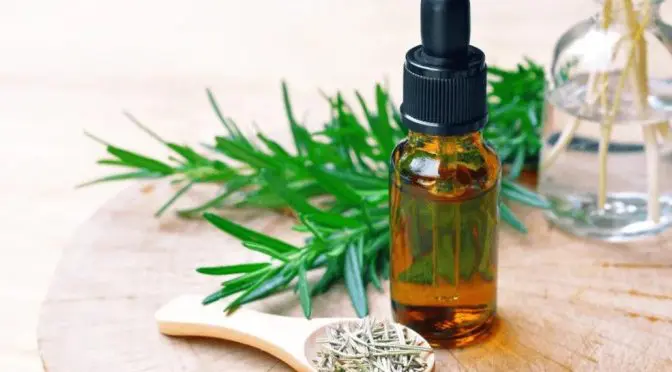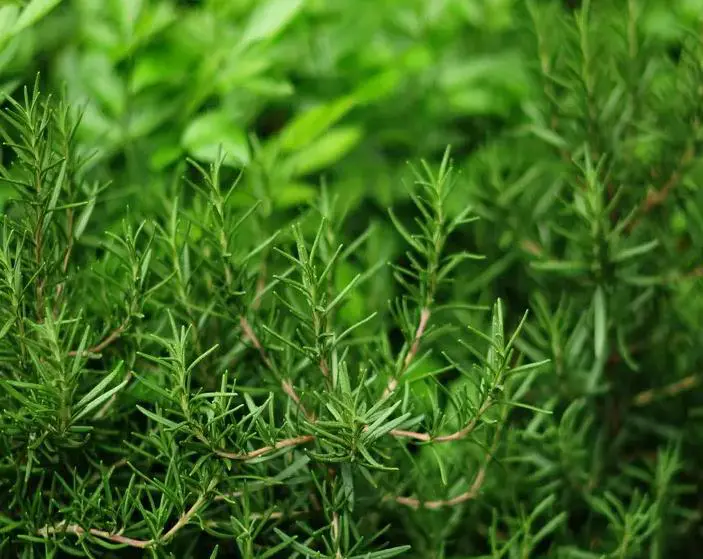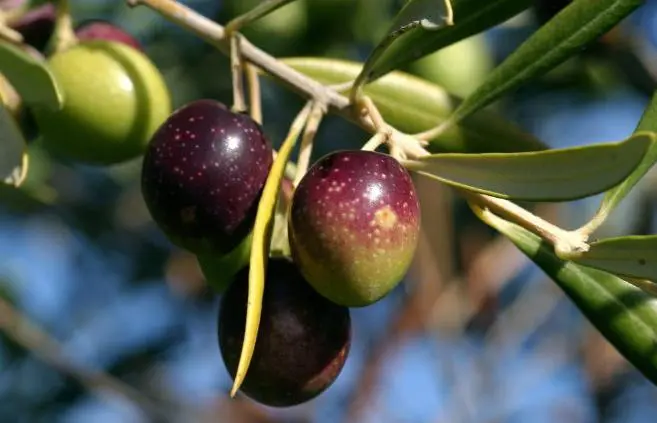Not all herbs on the shelf are equally effective. Make sure you are getting the highest quality herbs and herbal preparations by looking for these signs.
The potency of herbal medicines depends on many factors, such as growing conditions, proper harvest time, plant parts used, storage, contamination, and freshness.
Whether purchasing dried herbs in bulk, small batch preparations, or finished herbal products, this article will guide you in selecting quality herbs, all factors from the growth of the plant to the preparation of the medicine.
Some of these criteria can be found on the label, while others are more difficult to determine. The best way to determine the quality of herbal preparations is by talking with your local herbalist or drugmaker.
1. Do your research
When first beginning to explore herbalism, one may feel overwhelmed by the vast array of herbs available. It can be challenging to identify which herb will best suit your individual needs. The following tips will aid in making this decision.
When choosing an herbal remedy, you’ll want to think about what you want to use the herb for. Are you looking for something to increase your energy levels? Help you sleep better? Alleviate stress? Many herbs can assist with a range of issues, so it’s crucial to zero in on your specific needs.
Once you’ve decided what you need the herb for, you can commence doing some research. Talk to friends who are experienced with herbs, read articles and books, and consult with a professional.
It is crucial that you select the appropriate herb, are aware of the parts of the plant that contain the desired remedy, and select the most suitable method of preparation before purchasing herbal preparations.
Different parts of the plant can have different therapeutic uses. For example, the roots and leaves of stinging nettle contain an anti-inflammatory compound, but only the roots contain steroid-like compounds. Thus, you would need to select the appropriate plant and the correct plant part to obtain the correct medicine.
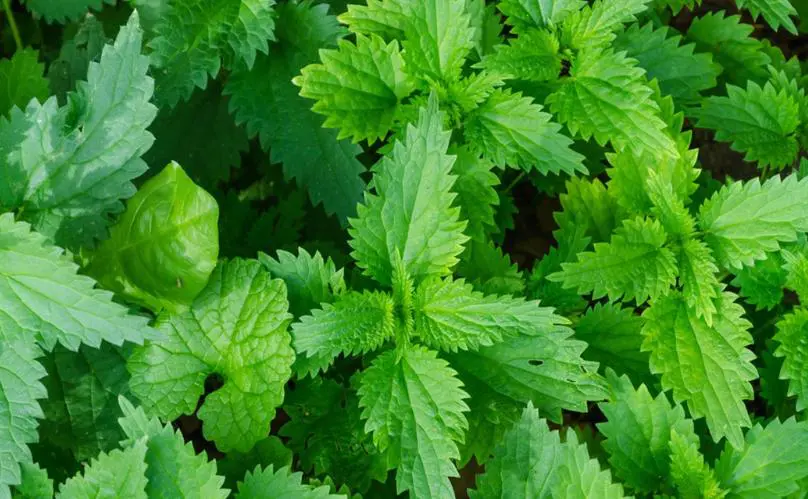
2. Plants are free of contaminants
It is important that medicinal herbs are organically grown or sustainably wildcrafted from an area free of contaminants. Wildcrafted herbs should ideally be harvested in a clean environment, away from traffic and other sources of pollution. Make sure that the area has not been sprayed with herbicides such as glyphosate.
When searching for plants from North America, look for those that have received certification from the USDA, have been wildcrafted, or have some other form of commitment to chemical-free agriculture.
The label on these plants should indicate that they were grown and cultivated without chemicals. It means they should be free of pesticides, chemical fertilizers, herbicides, GMOs, and synthetic chemicals. Furthermore, these plants should not have been subject to irradiation or chemical sterilization.
3. Plants harvested at their peak
High-quality herbs should be harvested at their peak to get the most medicinal benefit. Different plant parts should be harvested in particular stages of the plant’s growth to get the most potent medicine.
- Leaves are gathered in spring, before the plant’s flower. If all aerial parts are used, then the whole plant is harvested while it is in flower.
- Flowers are harvested when just opened before the wind or pollinators take the pollen.
- Seeds are harvested when ripe, with a few exceptions, notably milky oat seeds, which are harvested when the seed is green and not fully ripe.
- Roots are generally harvested after the aerial parts die down in fall.
It is essential that only the most potent parts of the plant are included in the medicine. The fact that a plant is medicinal does not mean that the entire plant is medicinal or has the desired therapeutic effect.
For example, the medicinal parts of red clover include the flower head and a few leaves around the flower, but not all the aerial parts. If the product says “cut and sieved,” then the whole plant is used and the potency of the drug is reduced.
4. Herbs come from a reputable company
It is of utmost importance that you only purchase your herbs from a reliable source. Some companies unfortunately make false claims about their product, so please be sure to do your research before buying anything.
A company of good standing will have a solid reputation and extensive knowledge about its products. If you find yourself questioning a company, it is always best to play it safe and choose another.
Focusherb is a reliable global supplier of botanical extracts and plant extracts. We are committed to providing quality raw materials and solutions to customers in the health food, Nutraceutical, Cosmetics, and Pharmaceutical industries.
We have a contemporary standard workshop of 4000 square meters. Our production line is simultaneously able to generate a comprehensive gamut of plant extracts. we are also backed by internationally leading R&D and quality control laboratories, which are outfitted with state-of-the-art R&D teams responsible for optimizing production processes and launching new products.
We are constantly striving to innovate and improve control standards. After a decade of diligence, Focusherb has amassed bountiful experiences in the areas of dietary supplements, functional foods, and cosmetics.
5. Determining herbal formulations and dosages
There are many factors to consider when determining the proper herbal formulation and dosage for a given condition. Even with the best ingredients, prepared herbal products are not all equal. Here are some things to look out for in different types of preparations.
Dried herbs
When selecting dried herbs, it is crucial to rely on your senses. Loose or bulk herbs of the highest quality will closely resemble the fresh plant in color, texture, fragrance, and taste. The larger the pieces, the longer they will stay fresh.
To guarantee that you are getting the best herbs possible, it is best to buy from a reputable source. Opting for herbs that are grown and dried with care will result in a better product that tastes fresher and is more potent.
When storing dried herbs, it is important to keep them in a cool, dark place. Heat and light can cause herbs to lose their flavor
Tinctures
The alcohol content in tinctures must be strong enough to extract the desired medicinal properties from the plants, and the ratio of plant to alcohol must be appropriate to the desired dose.
Tinctures are the preparation of herbs steeped in an alcohol-water mixture. Most herbal tinctures can be made with an alcohol strength in the range of 25-40%.
Some constituents, especially resins, require a higher percentage of alcohol for extraction. For example, usnea requires at least 70 % to extract its anti-bacterial benefits. Calendula can be extracted at lower percentages for some medicinal
The active ingredient in a tincture is called the marc. The decision of whether to use fresh or dried plant material should be made by an experienced herbalist.
The ratio of plant material to liquid is noted on the bottle. For example, a 1:5 tincture has 1 part plant matter for every 5 parts liquid, by weight. It is important to take the ratio into account when comparing tincture prices, as it should be reflected in the price.
Glycerites, which are water-glycerine preparations, should also have a ratio on the label, which represents the plant-to-glycerine ratio.
Other products
Herbal preparations vary widely, it is important to consider the following when assessing the quality of a product:
– Does the product list all medicinal and non-medicinal ingredients?
– Does the product contain any fillers? Some products may have a high ratio of benign ingredients or less potent herbs.
– What is the expiration date of the product?
– Is the plant’s scientific name and plant part used on the label?
6. Product Shelf Life
Even the best quality herbs and herbal medicines don’t last forever. Tinctures have a very long shelf life because of the alcohol content. Other preparations such as glycerites, salves, and dried or powdered herbs have a shorter shelf life.
The shelf life of dried herbs varies. Buy dried herbs from places that have a high turnover and make orders often so you’re not getting herbs that have been on a shelf for a long time.
Whole herbs last longer than ground or powdered herbs. Usually, dried leaves and flowers are good for one year, and dried roots, seeds, and barks for up to two years.
The shelf life of herbal preparations depends on the life of the solvent used to extract the medicine. For example, oil-based preparations are most likely to go rancid due to oxidation, whereas honey and vinegar will go bad because of the growth of microbes.
Always check the expiration date on products. For products without an expiration date, glycerites can last up to 3 years, and syrups and vinegar can last about a year in the fridge.
In general, the strongest medicines will come from healthy plants that were harvested at the right time of year and using the right plant parts.
Remember these tips the next time you purchase herbs to ensure you’re getting the highest quality product. There are many factors to consider when choosing an herbal extraction method.
This guide has provided an overview of the most important considerations. If you have any questions or would like help choosing the best extraction method for your needs, please contact us at E-mail: admin@xafhbio.com










